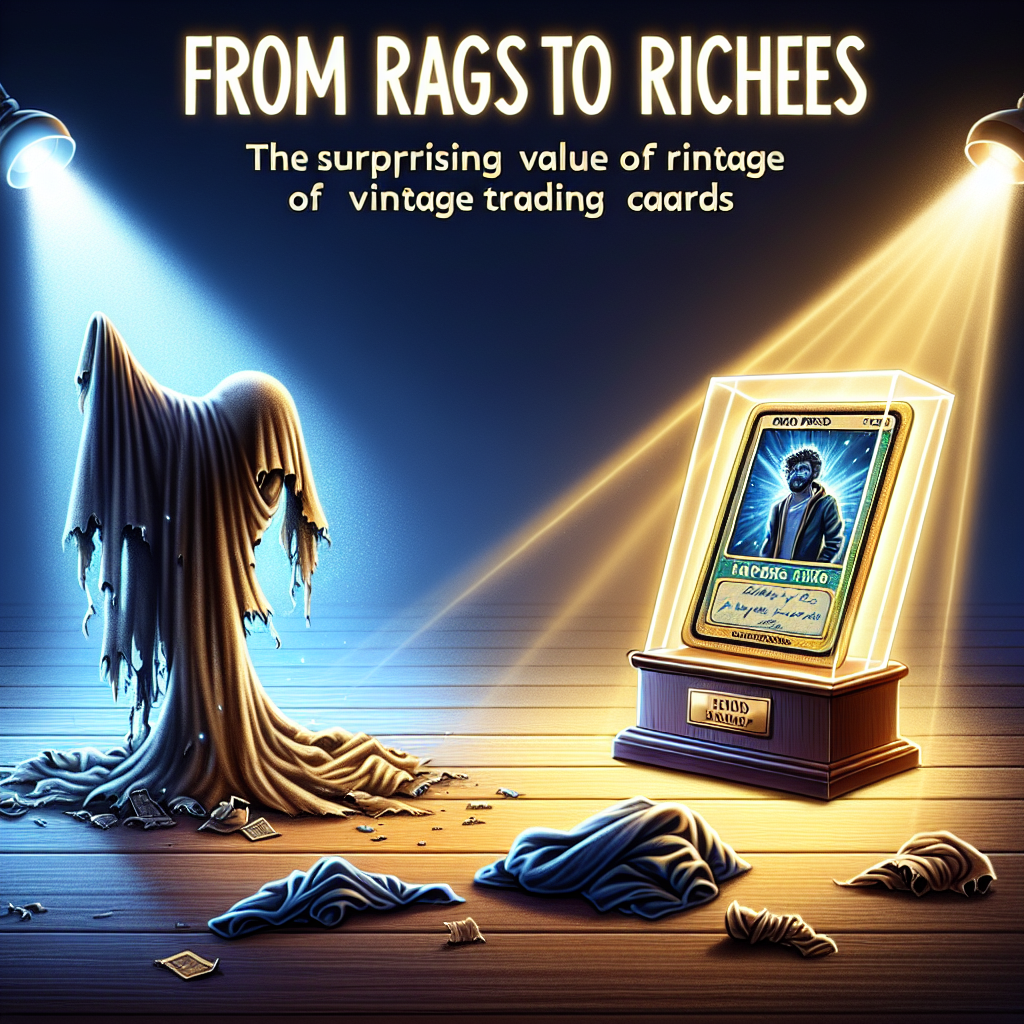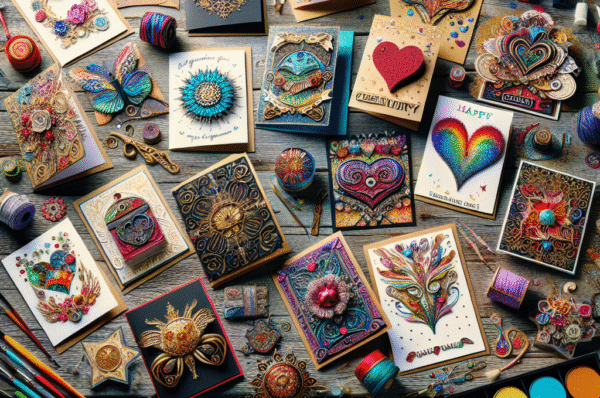In an era dominated by digital collectibles and virtual currencies, the tangible nostalgia of vintage trading cards is experiencing an unexpected resurgence. Once considered mere novelties from childhood, these little cardboard treasures have transformed into a lucrative asset class, attracting hobbyists and investors alike. Whether it’s baseball, basketball, Pokémon, or magic cards, the allure of vintage trading cards lies in their rich history, emotional connections, and the surprising financial gains they can provide.
A Brief History of Trading Cards
Trading cards first appeared in the mid-19th century, initially as a marketing tool for tobacco products. Companies would include cards as promotional items, featuring athletes, actors, and other celebrities. These early cards garnered significant attention, laying the groundwork for what would become a multi-billion-dollar industry.
The 1980s and 1990s brought a boom in trading card production, with sports cards leading the charge. Brands like Topps, Fleer, and Donruss hit their zenith, producing cards of athletes that are now legendary. Simultaneously, phenomena like the Pokémon card craze captivated younger audiences, leading to the inception of an entirely new collectible market that transcended traditional sports.
The Value Proposition
While many individuals might have dismissed trading cards as simple childhood collectibles, the past decade has shown a radical shift in perception. Vintage trading cards have showcased immense potential for appreciation in value, with some cards selling for millions of dollars. The sell-out prices of cards like the 1909 T206 Honus Wagner, which sold for over $6.6 million, highlight the financial possibilities tied to these seemingly humble items.
Factors Influencing Value
Several key factors determine the value of vintage trading cards:
-
Condition: The grade of a card, assessed by professional grading companies like PSA or Beckett, is crucial. Mint-condition cards can command prices exponentially higher than those with wear and tear.
-
Rarity: Limited editions or cards with unique features often hold higher value. The market responds enthusiastically to scarcity.
-
Cultural Significance: Cards featuring iconic players or moments in sports or pop culture can become highly sought after. A card linked to a record-breaking event or a legendary player resonates with collectors and investors alike.
-
Market Trends: Like any collectible, market fluctuations can greatly affect card values. Current trends, particularly in the digital space (with platforms like eBay and StockX), have introduced innovative purchasing methods and broadened the collector base.
The Emotional Connection
Beyond the financial aspect, the emotional connection to vintage trading cards cannot be overlooked. For many, these cards evoke memories of youth, capturing moments shared with friends and family. The thrill of opening a pack and the excitement of pulling a rare card—this nostalgia can be just as valuable as the monetary worth of the card itself.
Communities and Competitions: Trading cards have not only shaped individual memories but have also fostered communities. Card shows, online forums, and trading events create spaces for enthusiasts to connect, share stories, and discover hidden treasures. The rise of competitive trading card tournaments, especially within the realm of card games like Magic: The Gathering and Pokémon, has further enriched this culture, bringing together players from diverse backgrounds in pursuit of victory and camaraderie.
The Future of Vintage Cards
As digital platforms continue to evolve, the trading card market is poised for a transformation. Collectors can now trade, sell, and showcase their collections online with unprecedented ease. NFT (non-fungible tokens) technology has even begun to seep into the trading card sphere, introducing a digital form of ownership that could reshape the future.
However, the tactile experience of owning a physical card remains irreplaceable. For many collectors, the joy of holding a piece of history and sharing stories about their significance will always be the heart of collecting.
Conclusion
The recent surge in vintage trading cards underscores an important truth: value is not confined to monetary worth alone. These cards symbolize a rich tapestry of memories, culture, and legacy. As they continue to bridge generational gaps, vintage trading cards embody the timeless allure of nostalgia, transforming from mere collectibles into valuable investments. Whether you’re a die-hard collector or just starting your journey, the world of vintage trading cards offers endless possibilities—an invitation for anyone willing to explore the remarkable stories etched on these small rectangles of history.




